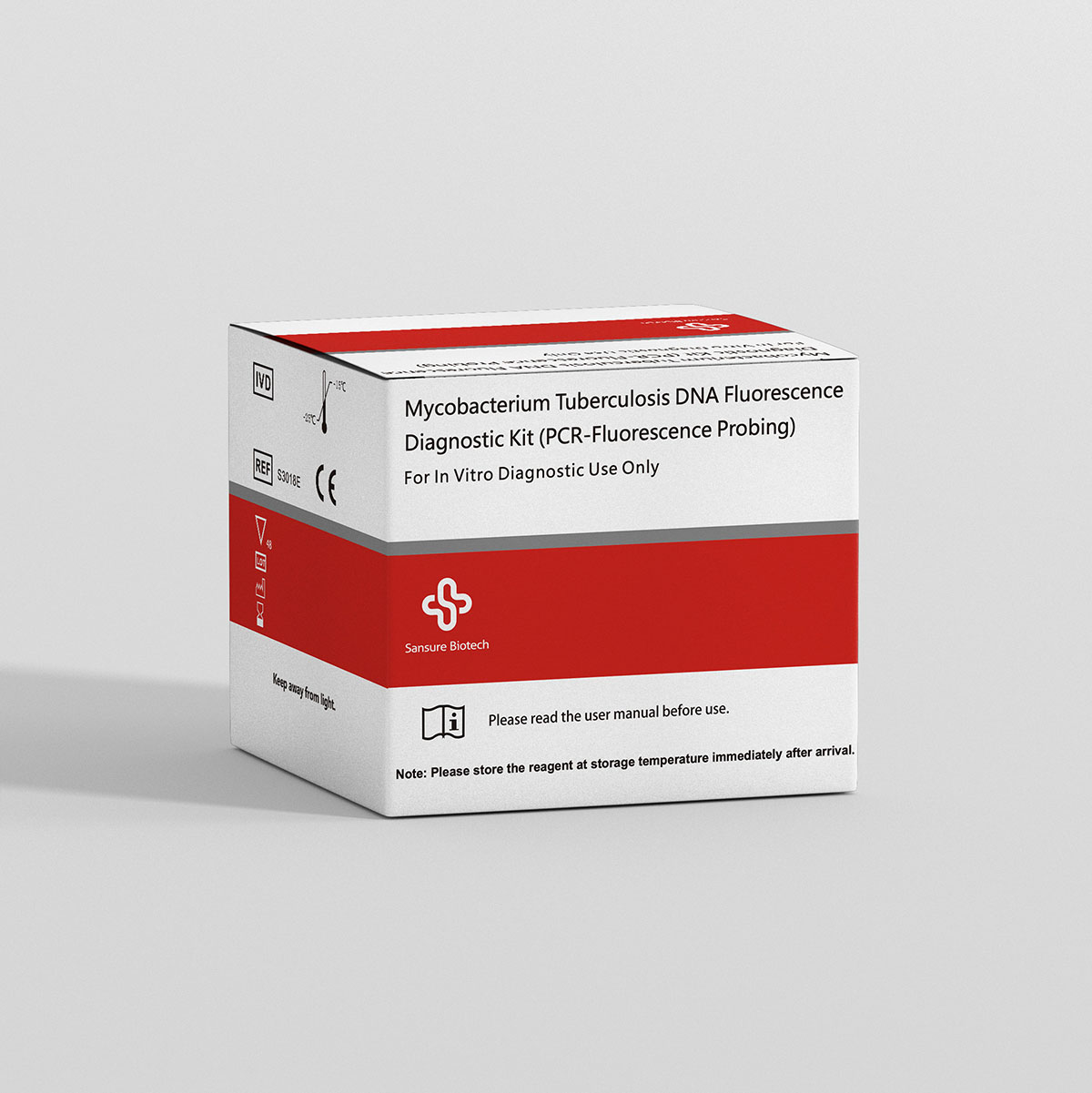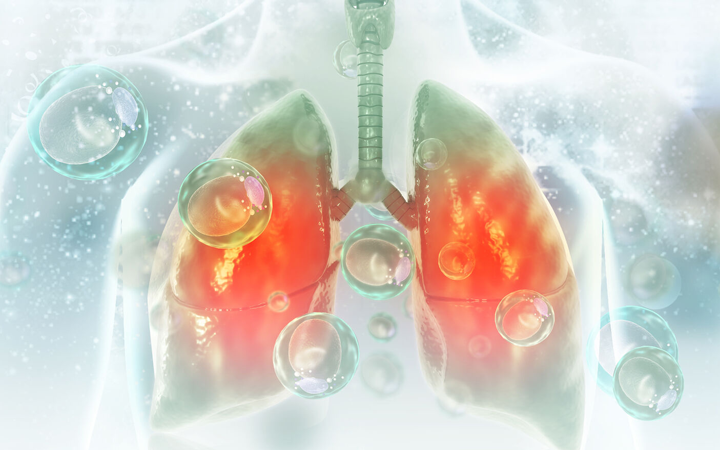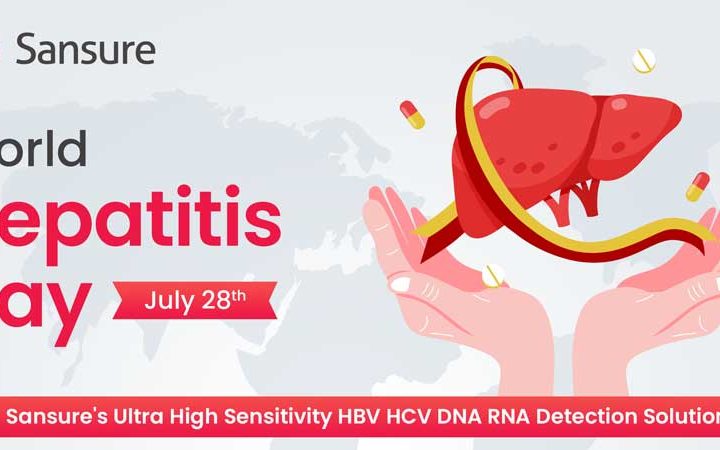Diagnostic method for tuberculosis in children
Tuberculosis(TB) in children under 15 years old (also known as pediatric tuberculosis) is a public health problem of special significance. According to the updated guidelines on the management of tuberculosis in children and adolescents of World Health Organization in 2022, children and adolescents under 15 account for approximately 11% of all TB cases worldwide. This figure means that 1.1 million children and adolescents under 15 fall ill with TB annually, and more than 225,000 lose their lives. In addition, infants and young children are more likely to develop life-threatening TB disease than adults.
Tuberculosis is a preventable and curable disease, yet it continues to affect the lives and development of millions of children and adolescents. In this article, we will discuss the symptoms of tuberculosis, the spread of the bacteria, and the options for treatment. Finally, we will cover the diagnosis methods of tuberculosis.

Tuberculosis Overview
Tuberculosis is caused by a bacterium called Mycobacterium tuberculosis. TB bacteria can live in the body without causing disease. This is called latent TB infection. The bacteria in latent TB are not contagious or active, but if these bacteria become active in the body and multiply, it can cause TB. TB bacteria usually attack the lungs and other parts of the body, such as the kidneys, brain, or spine.
Symptoms
Symptoms of TB infection in children mainly include the following aspects. If the bacteria invade the respiratory system, the child may have a fever, cough, lethargy, weight loss, and other symptoms. If the TB bacteria invades other parts of the child’s body, such as lymph nodes and the digestive system, it can cause lymphatic tuberculosis or intestinal tuberculosis. Children will have some symptoms, such as fever, constipation, or diarrhea. Additionally, tuberculosis infection has the possibility of causing tuberculous meningitis, which is relatively difficult to treat.
Bacteria spread
TB bacteria are spread from person to person through the air. When people with lung or throat TB disease cough, talk, or sing, TB bacteria get into the air. Anyone near a TB patient can inhale the bacteria into their lungs and become infected. The TB bacteria can travel through the bloodstream to other body parts, such as the kidneys, spine, and brain. However, TB bacteria in the lungs or throat may be contagious, while the bacteria in other body parts – such as the kidneys or spine – are usually not contagious. On the contrary, TB is not spread by shaking someone’s hand, sharing food or drink, kissing, or sharing bed sheets.
Treatment
Children or anyone receiving treatment for latent TB infection or TB should take their medicines on time and exactly as directed by the doctor. Also, treatment of children with latent TB infection is recommended to prevent them from developing TB. Especially infants, young children, immunocompromised children with latent TB infection, or children in close contact with infectious TB patients require special consideration because they are at a higher risk of TB infection.
Latent TB infection in children over 2 years of age can be treated weekly with isoniazid-rifapentine for 12 weeks. Alternative treatments for latent TB infection in children include daily rifampin for 4 months or daily isoniazid for 9 months. In parallel, pediatric TB specialists should be involved in caring for children with TB and managing infants, young children, and immunocompromised children exposed to infectious TB patients.
Diagnosis method of TB
Two traditional tests detect TB bacteria in the body: the TB skin test (TST) and the TB blood test. But a positive TB skin test or TB blood test only means that a person has been infected with the TB bacteria. However, it does not tell whether the person has a latent TB infection or has developed TB disease.
TST
The TB skin test is also referred to as the Mantoux tuberculin skin test. The TB skin test is performed by injecting a small amount of fluid called tuberculin into the skin on the lower part of the arm. People who take the tuberculin skin test must return within 48 to 72 hours for a healthcare provider to check their arm for a reaction. If the tester has a latent tuberculosis infection, a small, firm red bump will appear at the injection site. If the tester has a very strong skin reaction, a chest x-ray is required to confirm whether the tester has an active TB disease.
IGRA
The Interferon-Gamma Release Assay (IGRA) is a blood test for TB. IGRA can help diagnose latent TB and is based on the ability of Mycobacterium tuberculosis antigens of early secreted antigen target 6 (ESAT-6) and culture filtrate protein 10 (CFP-10) to stimulate host production of interferon-γ. These tests are considered more specific than the TST because these antigens are present in only a few nontuberculous mycobacteria or none of the BCG vaccine strains.
PCR
The NAAT for TB is a heterogeneous panel of tests that uses the method of polymerase chain reaction (PCR) technology to detect a mycobacterial nucleic acid. PCR has high sensitivity (92%) and specificity (99%). Revolutionizing TB control by facilitating the rapid diagnosis of TB and drug resistance, PCR can simultaneously detect Mycobacterium tuberculosis complex (MTBC) and rifampin resistance (RIF) in less than 2 hours. In comparison, standard cultures can take 2 to 6 weeks to grow MTBC, and traditional resistance testing can add up to 3 weeks.
Currently, PCR is a useful and sensitive tool for the early diagnosis of TB. Therefore, accurate and timely diagnosis is crucial for timely treatment, which minimizes the risk of disease transmission. The advantage of PCR is speed, as it can provide complete information on the same day.

Sansure: S3018E TB Mycobacterium Tuberculosis DNA Fluorescence Diagnostic Kit
Accurate diagnosis of TB is crucial because the disease can infect all tissues and organs in the body. Therefore, early diagnosis and treatment are important means to control tuberculosis effectively. In recent years, with the development of molecular biology, the nucleic acid fluorescence quantitative PCR method based on Mycobacterium tuberculosis nucleic acid has attracted more and more attention from researchers.
Sansure Biotech Inc. has accurate and rapid identification solutions for tuberculosis detection, which can provide evidence for the diagnosis of tuberculosis, as well as guidance for the diagnosis and treatment of precision medicine. S3018E TB Mycobacterium Tuberculosis DNA Fluorescence Diagnostic Kit is a Sansure product for the detection of tuberculosis. This product uses one-tube fast-release technology to sample the tester’s sputum. Sansure products are highly sensitive and can reach one bacteria per milliliter. Furthermore, this product has a special CE certification, and its safety, accuracy, and quality can be guaranteed.
Contact us for more information about the Sansure Mycobacterium Tuberculosis DNA Diagnostic Kit.
Reference:
[1] WHO operational handbook on tuberculosis: module 5: management of tuberculosis in children and adolescents.
Available at: https://www.who.int/publications/i/item/9789240046832
[2] TB Treatment for Children
Available at: https://www.cdc.gov/tb/topic/treatment/children.htm





